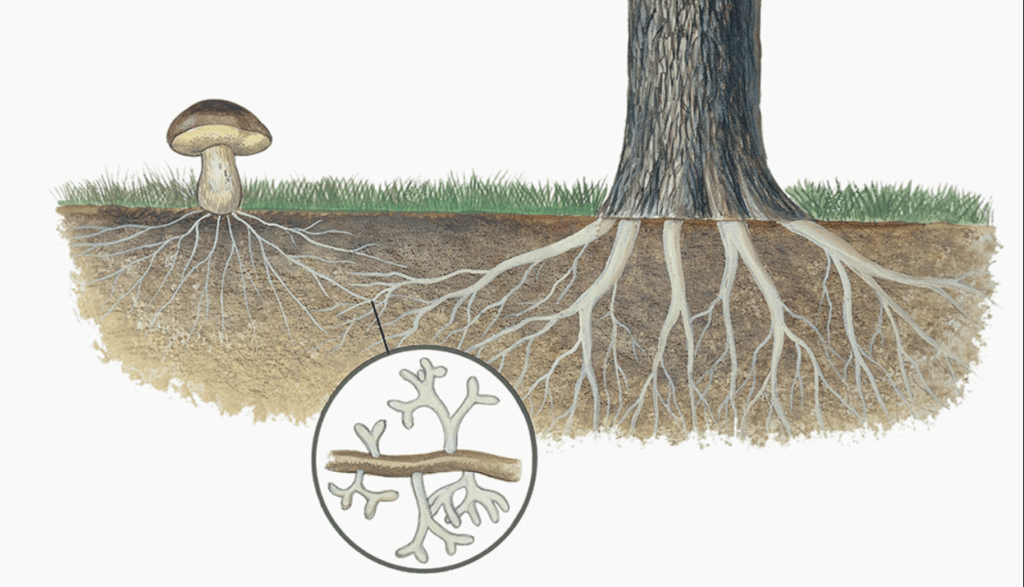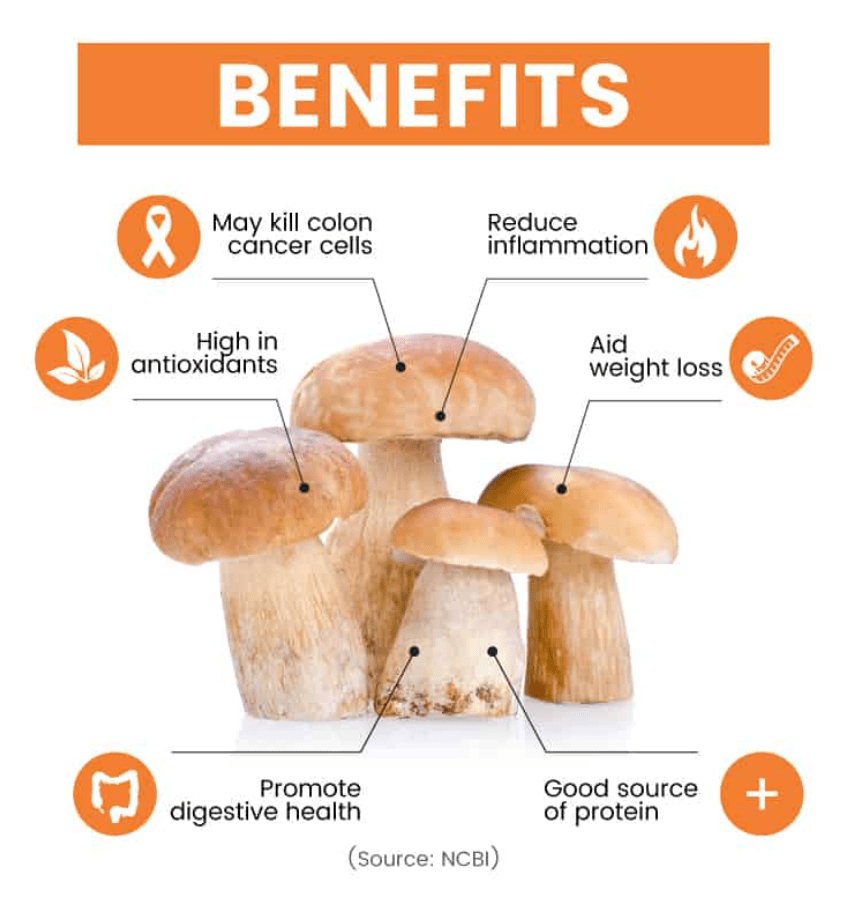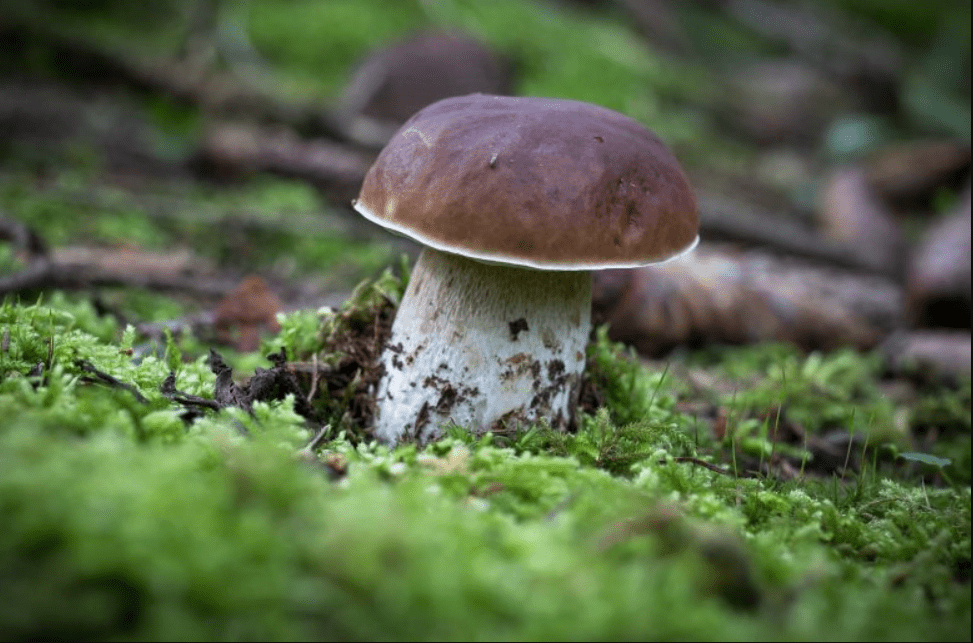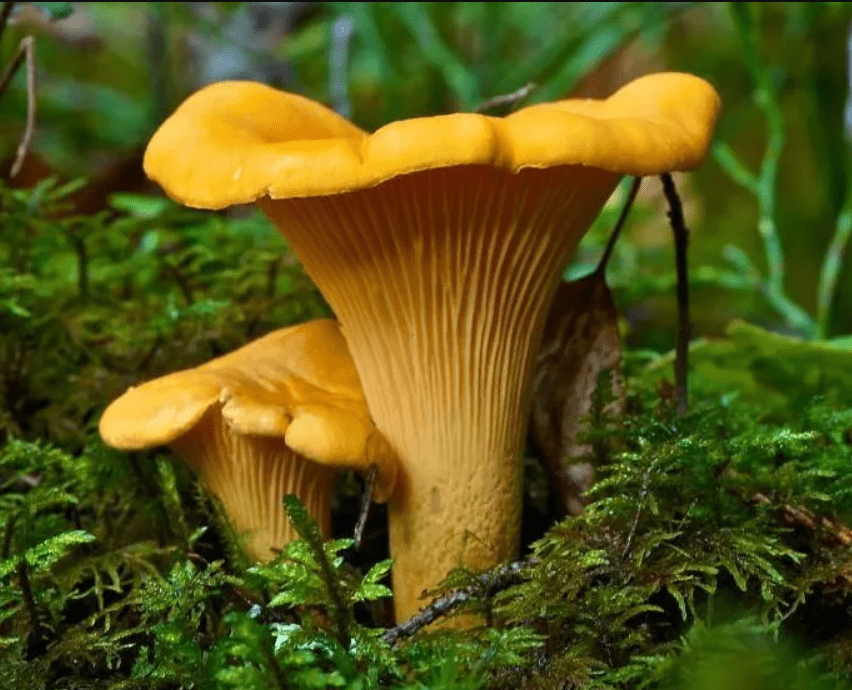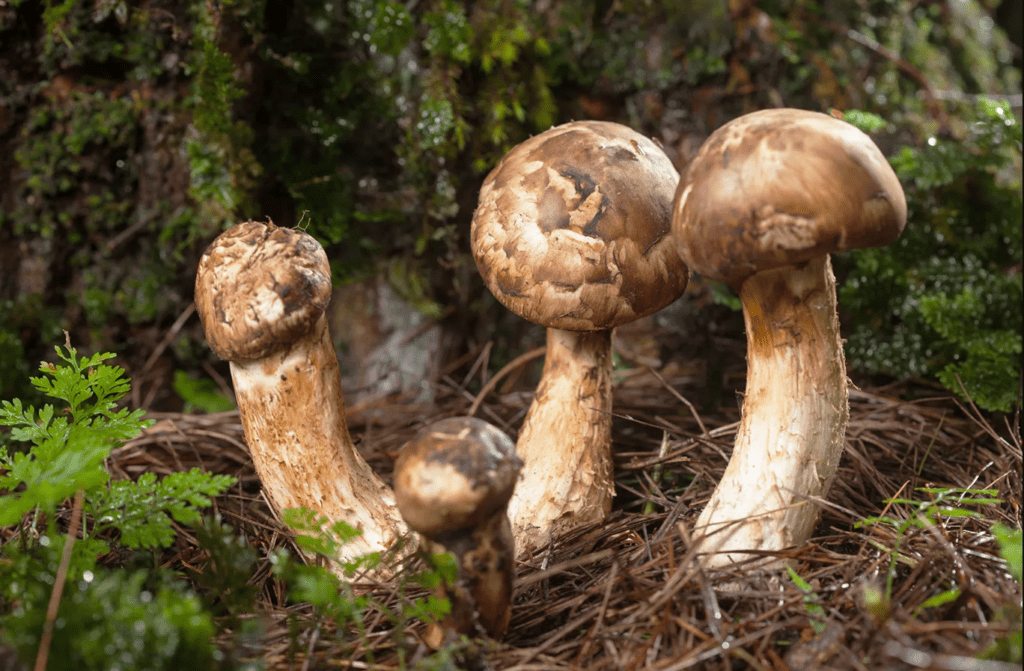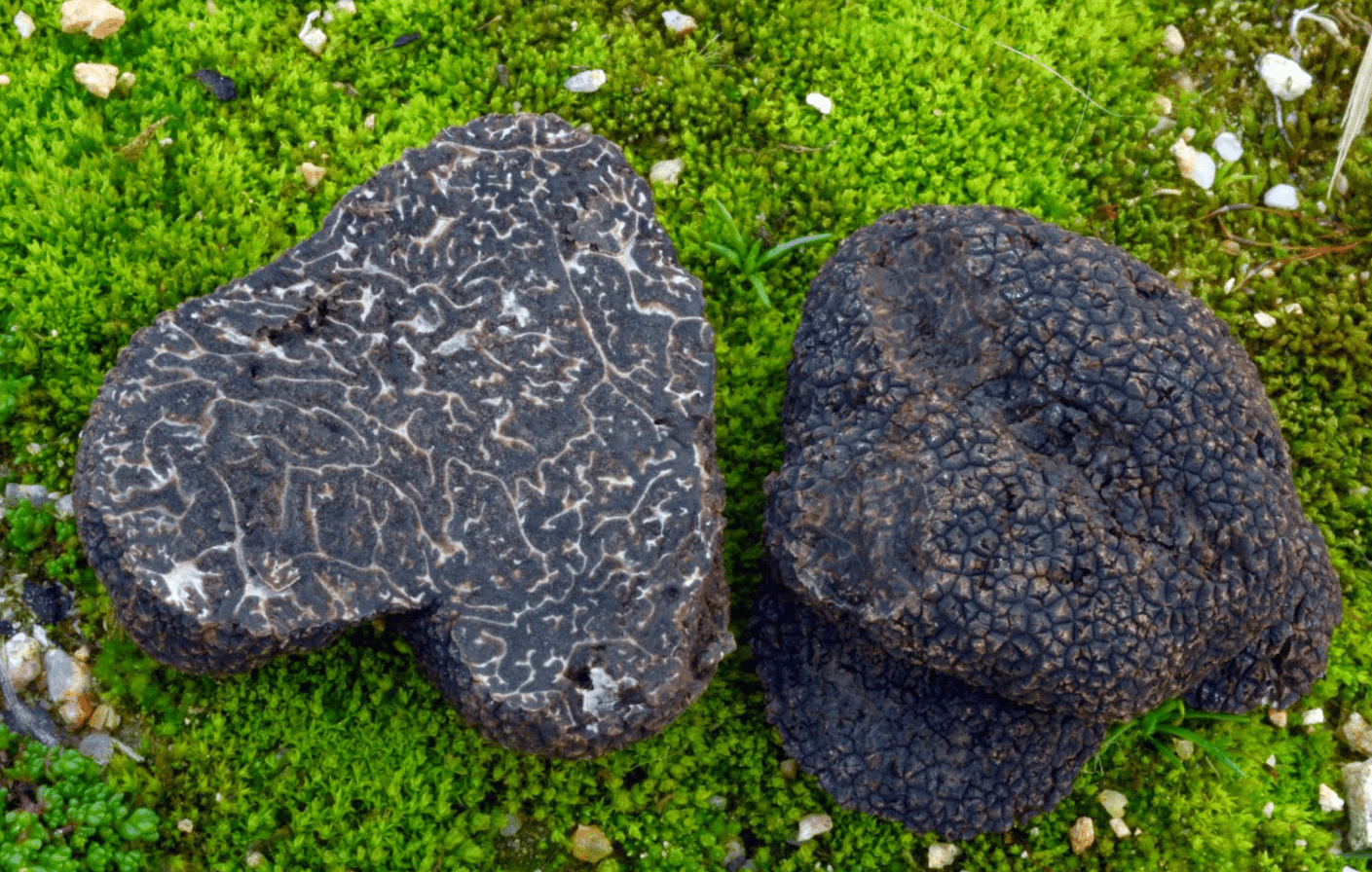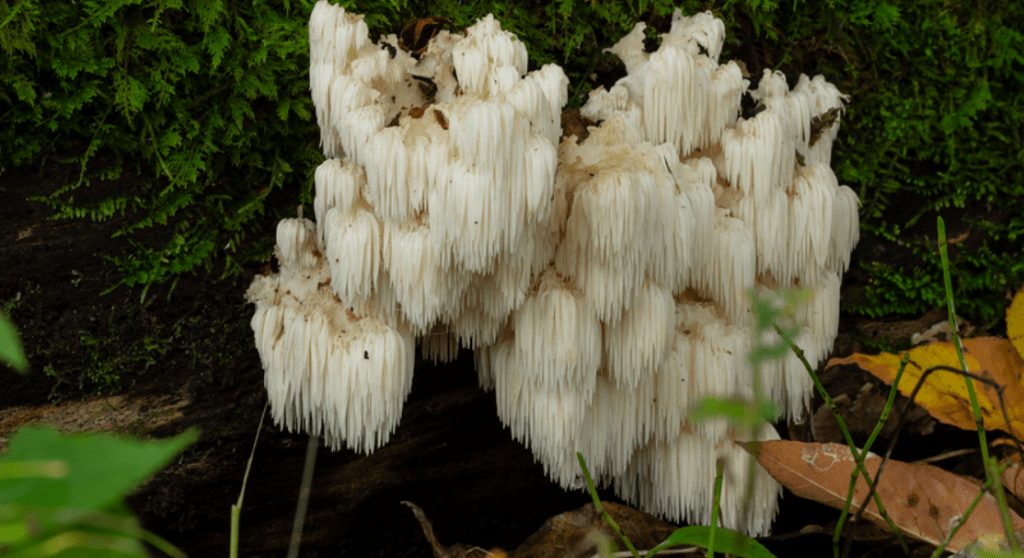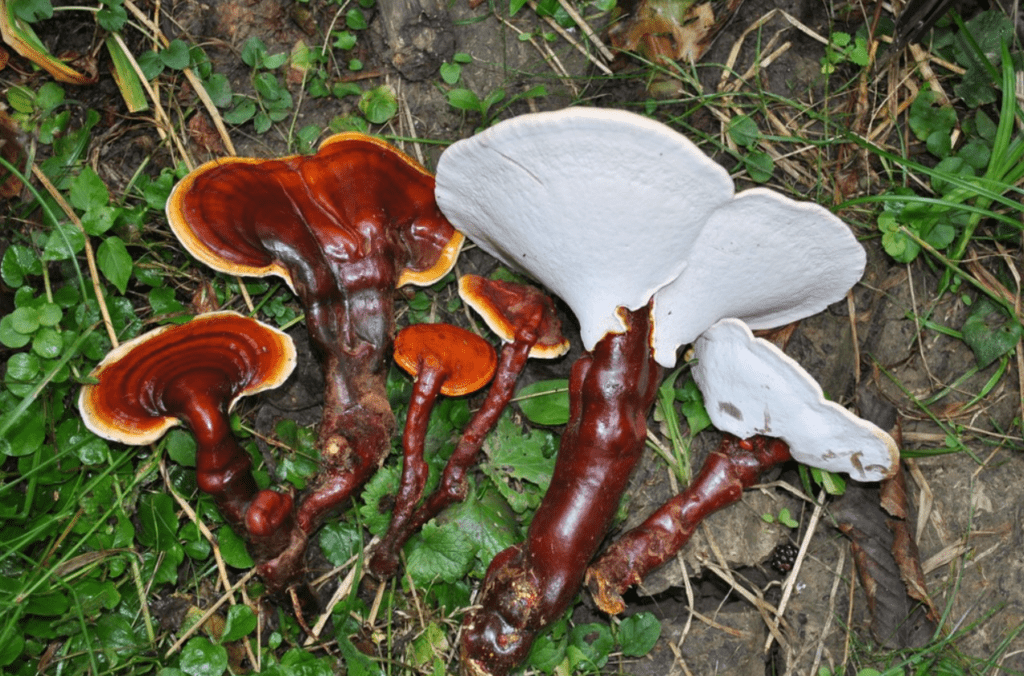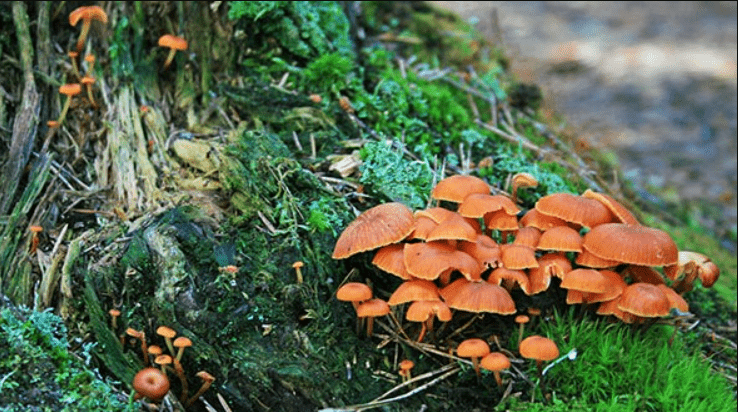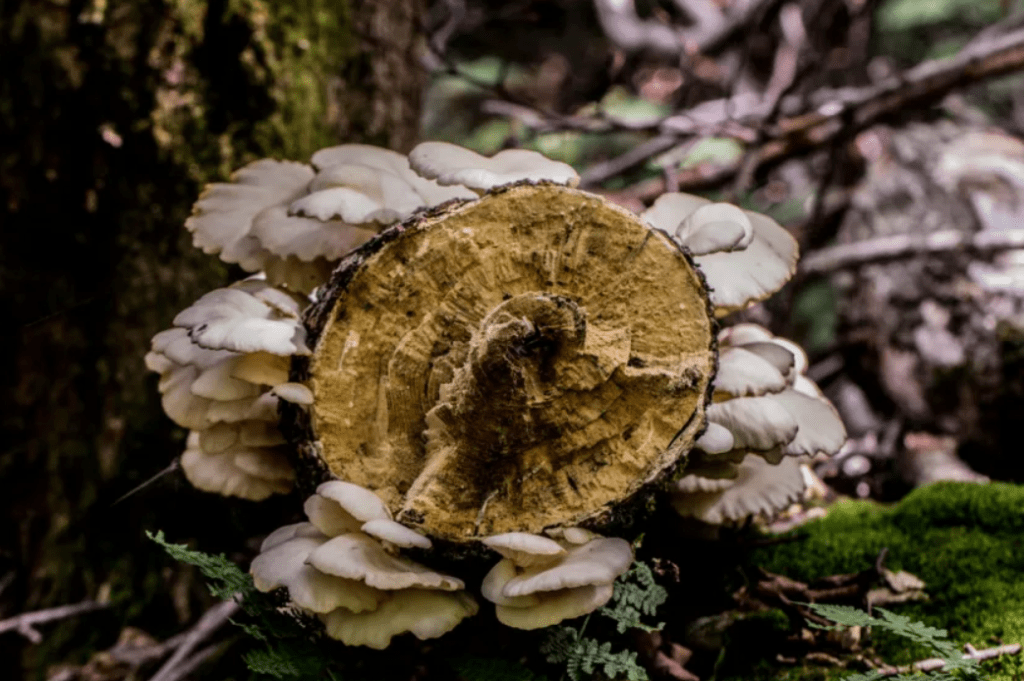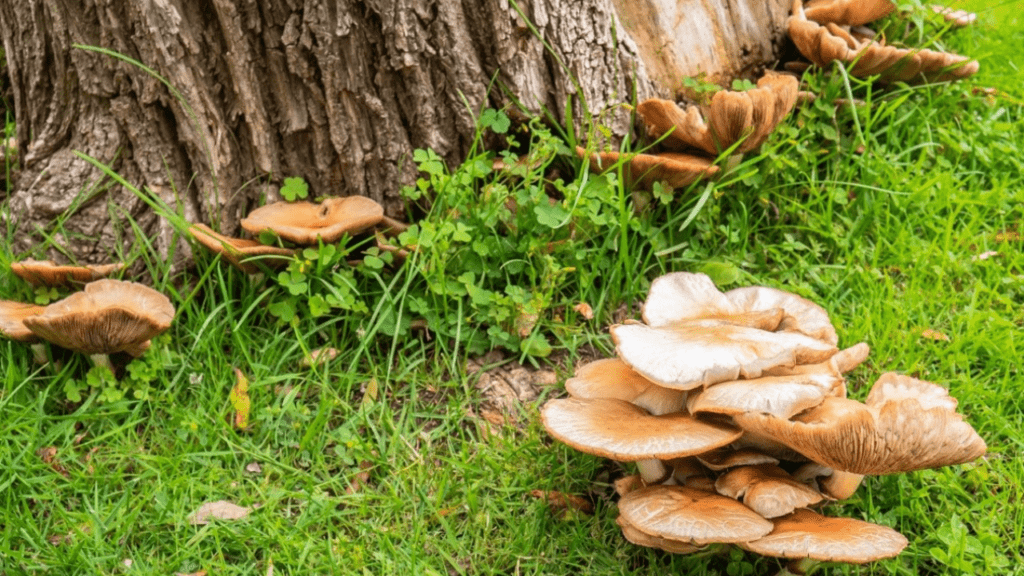
Unlocking the Mystery of Tree Root Mushrooms: Nature's Unique and Nutritious Find
If you’ve ever wandered through a forest and marveled at the intricate network of tree roots beneath your feet, you may have stumbled upon a hidden treasure—tree root mushrooms. These unique and flavorful fungi are not only a culinary delicacy but also boast a range of health benefits. In this article, we’ll take a deep dive into the world of mushrooms, exploring their distinct flavors, nutritional value, and how to forage for them. Whether you’re a seasoned forager or a culinary enthusiast looking to expand your repertoire, this guide will provide you with all the information you need to discover and enjoy these hidden treasures.
In the enchanting world of forests and woodlands, there exists a hidden treasure that tantalizes the taste buds and awakens the senses: tree root mushrooms. These remarkable fungi, shrouded in mystery beneath the soil, offer a culinary adventure like no other, waiting to be discovered and savored.
Table of Contents
ToggleUnderstanding Tree Root Mushrooms
This mushrooms, also known as mycorrhizal fungi, are fungi that form a unique partnership with the roots of trees. Through this symbiotic relationship, they exchange nutrients with the trees in return for sugars, growing in the soil and connecting intimately with the tree roots. This mushrooms, also known as mycorrhizal fungi, are fascinating organisms that form symbiotic relationships with the roots of trees. Unlike traditional mushrooms that grow above ground, root mushrooms develop their fruiting bodies beneath the soil, hidden from view. This unique adaptation allows them to access nutrients from the soil and exchange them with the roots of trees in a mutually beneficial partnership.
How Tree Root Mushrooms Grow
Tree root mushrooms begin their life cycle as tiny spores, which are dispersed by wind, water, or animals. When these spores land in suitable soil conditions near the roots of trees, they germinate and form microscopic threads called hyphae. These hyphae extend and intertwine, creating a vast network known as mycelium, which spreads throughout the soil and connects with the roots of nearby trees.
As the mycelium grows, it forms specialized structures called mycorrhizae, which are intimate associations between the fungal hyphae and the tree roots. These mycorrhizae allow the tree and the fungus to exchange nutrients: the fungus absorbs water and minerals from the soil and delivers them to the tree, while the tree provides the fungus with sugars produced through photosynthesis.
Health benefits of tree root mushrooms
They also known as Reishi mushrooms, have several health benefits. They are known for their immune-boosting properties, as well as their ability to reduce inflammation and support overall health. They have also been linked to improved liver function and may even have anti-cancer properties. Additionally, they can help to reduce stress and improve sleep quality. Overall, incorporating mushrooms into your diet can have a positive impact on your overall well-being.
They also known as mycorrhizal fungi, offer not only culinary delights but also numerous health benefits. These unique fungi contain a variety of bioactive compounds that contribute to their medicinal properties, making them prized ingredients in traditional medicine practices around the world. Let’s explore some of the key health benefits of tree root mushrooms:
Immune Support:
- Tree root mushrooms are rich in polysaccharides, beta-glucans, and other immune-stimulating compounds that help boost the immune system’s response to pathogens. By enhancing the activity of immune cells such as macrophages, dendritic cells, and natural killer cells, it can help the body defend against infections and diseases.
Anti-Inflammatory Properties of tree root mashrooms:
- Certain tree root mushrooms, such as reishi (Ganoderma lucidum) and turkey tail (Trametes versicolor), possess potent anti-inflammatory properties. They contain compounds like triterpenoids and polysaccharides that help reduce inflammation in the body, making them beneficial for conditions such as arthritis, asthma, and inflammatory bowel diseases.
Antioxidant Activity:
- Tree root mushrooms are rich in antioxidants, including phenolic compounds, flavonoids, and vitamins C and E, which help neutralize harmful free radicals and protect cells from oxidative damage. Regular consumption of root mushrooms may help reduce the risk of chronic diseases such as cancer, heart disease, and neurodegenerative disorders.
Adaptogenic Effects:
- Some tree root mushrooms, such as cordyceps (Cordyceps sinensis) and lion’s mane (Hericium erinaceus), exhibit adaptogenic properties, meaning they help the body adapt to stress and maintain homeostasis. These mushrooms support adrenal function, improve energy levels, and enhance resilience to physical and mental stressors.
Cognitive Health:
- Tree root mushrooms like lion’s mane are known for their potential cognitive-enhancing effects. They contain compounds called hericenones and erinacines, which stimulate nerve growth factor (NGF) production and promote the growth and repair of brain cells.
Digestive Support:
- Certain tree root mushrooms, such as shiitake (Lentinula edodes) and maitake (Grifola frondosa), have prebiotic properties that support digestive health. They contain dietary fibers and polysaccharides that serve as food for beneficial gut bacteria, promoting a healthy gut microbiome and improving digestion and nutrient absorption.
Blood Sugar Regulation:
- Tree root mushrooms like maitake and agaricus (Agaricus blazei) have been studied for their potential to regulate blood sugar levels. They contain compounds that enhance insulin sensitivity, promote glucose uptake by cells, and inhibit enzymes involved in carbohydrate metabolism, making them beneficial for individuals with diabetes or insulin resistance.
Different varieties of tree root mushrooms
Tree mashrooms encompass a diverse array of species, each with its own unique characteristics and culinary uses. From the earthy richness of porcini to the delicate fragrance of chanterelles, these hidden treasures offer a world of flavors waiting to be discovered. Let’s explore some of the most sought-after varieties of tree root mushrooms:
Porcini (Boletus edulis):
- Porcini mushrooms, also known as king boletes, are prized for their robust flavor and meaty texture. They have a distinctive bulbous stem and a large, brown cap with a velvety surface. Porcini mushrooms are versatile in the kitchen and can be used in a variety of dishes, including risottos, pastas, and sauces.
Chanterelles (Cantharellus spp.):
- Chanterelles are renowned for their vibrant golden color and fruity aroma. They have a trumpet-shaped cap with wavy edges and a firm, meaty texture. Chanterelles are prized for their delicate flavor, which is often described as nutty or apricot-like. They pair well with poultry, seafood, and creamy sauces.
Matsutake (Tricholoma matsutake):
- Matsutake mushrooms are highly prized in Japanese cuisine for their spicy aroma and firm texture. They have a distinctive pine-like scent and a creamy-white to light-brown cap with a scaly surface. Matsutake mushrooms are often used in soups, rice dishes, and hot pots, imparting a unique flavor and aroma to the dish.
Black Truffles (Tuber melanosporum):
- Black truffles are a type of subterranean fungus that grows in association with the roots of certain trees, particularly oak trees. They have a pungent aroma with earthy and musky notes, making them a prized ingredient in haute cuisine. Black truffles are used sparingly, shaved or grated over dishes such as risottos, pastas, and scrambled eggs, to impart their distinctive flavor.
Lion’s Mane (Hericium erinaceus):
- Lion’s mane mushrooms are known for their unique appearance, resembling a cascading mane of lion’s hair. They have a delicate, seafood-like flavor and a firm, meaty texture. Lion’s mane mushrooms are valued for their potential cognitive-enhancing effects and are often used in stir-fries, soups, and vegetarian dishes.
Reishi (Ganoderma lucidum):
- Reishi mushrooms, also known as lingzhi, are revered for their medicinal properties and bitter flavor. They have a shiny, reddish-brown cap with a woody texture. Reishi mushrooms are often used in traditional Chinese medicine to support immune function, reduce inflammation, and promote overall health. They can be brewed into teas or used in herbal supplements.
Turkey Tail (Trametes versicolor):
- Turkey tail mushrooms are named for their colorful concentric rings, which resemble the tail feathers of a turkey. They have a tough, woody texture and a mild flavor. Turkey tail mushrooms are valued for their immune-stimulating properties and are often used in teas, tinctures, and dietary supplements for immune support.
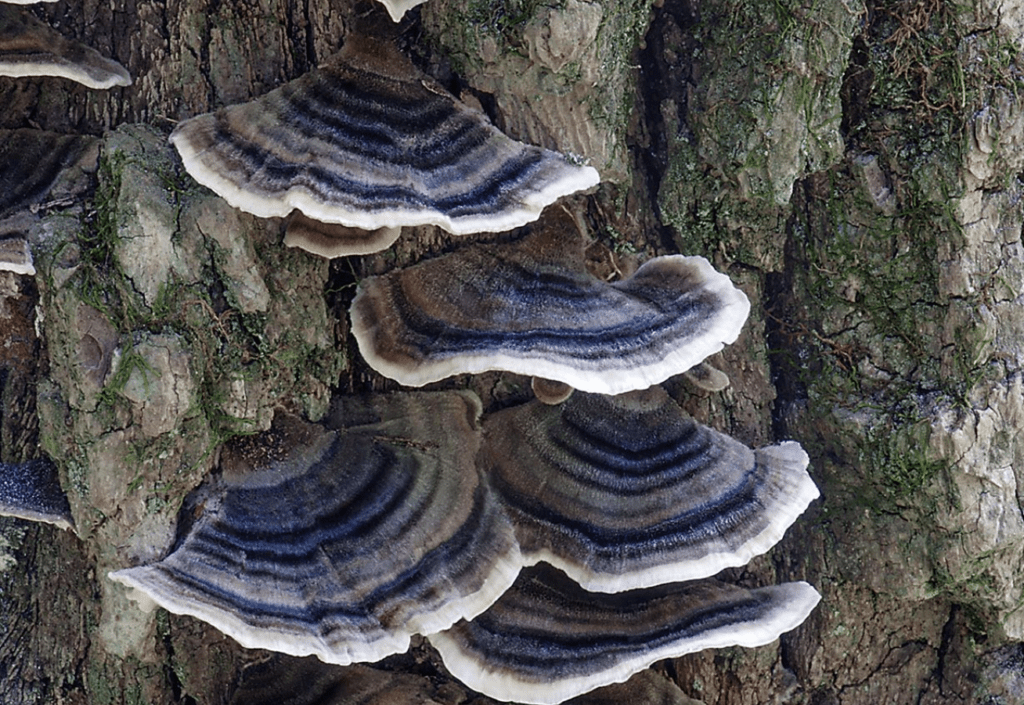
These are just a few examples of the many varieties of tree root mushrooms found in forests around the world. Each species has its own unique flavor profile, culinary uses, and potential health benefits, making them a prized ingredient in cuisines and traditional medicine practices across cultures.
How to forage for tree root mushrooms
Foraging for tree root mushrooms can be a rewarding and enjoyable experience, but it requires knowledge, patience, and caution. Here’s a step-by-step guide on how to safely and responsibly forage for these hidden treasures:
Educate Yourself:
- Before heading out to forage, educate yourself about the different types of tree root mushrooms found in your area. Learn to recognize their distinctive features, such as cap shape, color, and texture, as well as their preferred habitat and tree associations.
Choose the Right Location:
- Select a suitable foraging location, such as a mature forest with diverse tree species. Tree root mushrooms often grow in association with specific trees, so look for habitats where these trees are abundant, such as oak, pine, or birch forests.
Timing Is Key:
- Timing is crucial when foraging for tree root mushrooms. They are most abundant during the fall and early winter months, after periods of rain or humidity. Plan your foraging trips accordingly to maximize your chances of finding mushrooms.
Bring the Right Gear:
- Equip yourself with essential foraging gear, including sturdy footwear, a basket or foraging bag to collect mushrooms, a knife or small trowel for harvesting, and a field guide or smartphone app for mushroom identification.
Practice Ethical Foraging:
- Practice ethical foraging practices to minimize your impact on the environment. Only harvest mushrooms that you can positively identify as safe and edible, leaving behind any uncertain or immature specimens. Avoid damaging the surrounding vegetation and wildlife habitat while foraging.
Use Caution When Harvesting:
- When harvesting tree root mushrooms, handle them with care to avoid damaging the delicate mycelium network in the soil. Use a knife to cut the mushrooms at the base of the stem, leaving a portion of the stem attached to the cap to allow for spore dispersal and future growth.
Stay Safe:
- Exercise caution when foraging in the wild, especially in unfamiliar terrain. Watch out for hazards such as uneven terrain, slippery surfaces, and wildlife encounters. Dress appropriately for the weather and bring plenty of water, snacks, and a first-aid kit.
Know When to Stop:
- Know your limits and when to stop foraging. Don’t over-harvest mushrooms from a single area, as this can disrupt the ecosystem and deplete local populations.
Properly Identify Your Harvest:
- Once you’ve gathered your mushrooms, take the time to properly identify them before consumption. Consult field guides, online resources, or local mushroom experts to confirm their identity and ensure they are safe to eat.
Enjoy Your Harvest:
- Finally, enjoy the fruits of your foraging labor! Cook up your freshly harvested tree root mushrooms into delicious meals and savor the unique flavors and textures they have to offer.
Consult Experts:
- When in doubt, consult with experienced foragers, mycologists, or local mushroom clubs for guidance and advice. They can help you identify mushrooms safely and provide valuable insights into the best foraging spots and seasonal considerations.
Start Slowly:
- If you’re new to foraging, start slowly and focus on learning a few easily identifiable tree root mushrooms first. Practice your identification skills in a controlled setting before venturing into the wild.
Know the Law:
- Familiarize yourself with local regulations and laws regarding mushroom foraging in your area. Some forests and natural areas may have specific rules and restrictions on foraging, including permits or seasonal closures. Always respect private property rights and obtain permission before foraging on private land.
Avoid Toxic Lookalikes tree root mashrooms:
- Be cautious of toxic mushrooms that may resemble edible tree mushrooms. Some toxic species can closely mimic safe varieties, making accurate identification essential. Always cross-reference multiple sources and consult with experts to confirm the identity of any mushrooms you plan to harvest.
Use Multiple Identification Features:
- Use multiple identification features, including cap shape, color, texture, gill or pore structure, spore print color, and habitat, to accurately identify tree root mushrooms. Avoid relying solely on one characteristic for identification, as some features can vary within the same species.
Carry Proper Equipment:
- Bring essential foraging gear, including a sturdy knife or trowel for harvesting, a basket or foraging bag to collect mushrooms, gloves for handling mushrooms, and a field guide or smartphone app for mushroom identification.
Be Mindful of Wildlife:
- Be mindful of wildlife habitats and ecological sensitivities while foraging. Avoid trampling vegetation, disturbing wildlife, or damaging fragile ecosystems. Leave no trace and tread lightly to minimize your impact on the environment.
Practice Leave-No-Trace Principles:
- Practice leave-no-trace principles by minimizing your impact on the environment and leaving the foraging area as you found it. Avoid over-harvesting mushrooms from a single area and only take what you need for personal consumption.
Know Your Limits:
- Know your limits and when to seek help or guidance. If you’re uncertain about the identification of a mushroom or encounter any unfamiliar or suspicious-looking specimens, err on the side of caution and leave them be. Never consume any mushroom unless you are 100% certain of its identity and safety.
By following these safety tips and exercising caution and respect for the environment, you can enjoy the rewards of foraging for mushrooms safely and responsibly. Remember that mushroom foraging requires ongoing learning and vigilance, so always stay curious, observant, and informed as you explore the fascinating world of fungi.
Tree root mushrooms are nature’s hidden treasures, waiting to be discovered and savored. With proper knowledge and caution, you can explore the world of these culinary delights, adding depth and flavor to your culinary creations. So, next time you’re out in the woods, keep an eye out for these hidden gems beneath the soil—they just might surprise you with their deliciousness!
Frequently Asked Questions (FAQ)
Tree root mushrooms, also known as mycorrhizal fungi, are fungi that form symbiotic relationships with tree roots, helping trees absorb nutrients and water from the soil.
Tree root mushrooms grow underground, often in association with the roots of specific tree species. They can be found in forests, woodlands, and even in urban environments where suitable host trees are present.
Some tree root mushrooms are edible and prized for their culinary value, such as truffles. However, not all tree root mushrooms are safe to eat, and proper identification is essential before consumption.
Tree root mushrooms form symbiotic relationships with trees, providing them with essential nutrients, improving root health, and enhancing their resistance to diseases and environmental stresses.
Yes, some tree root mushrooms, such as truffles, can be cultivated through specialized cultivation methods. However, the process can be challenging and often requires specific environmental conditions and host tree species.
While many tree root mushrooms are harmless, some species can be toxic if ingested. It’s crucial to have proper identification skills or consult with an expert before consuming any wild mushrooms.
ree root mushrooms are often found by experienced foragers or with the help of trained dogs that can detect their scent. They typically grow near the base of host trees, particularly in areas with suitable soil conditions.
Tree root mushrooms play a vital role in forest ecosystems by facilitating nutrient cycling, improving soil structure, and promoting the health and resilience of trees. They also support a diverse array of wildlife.
Some tree root mushrooms, such as reishi and lion’s mane, are used in traditional medicine for their potential health benefits. However, more research is needed to fully understand their medicinal properties and efficacy.

